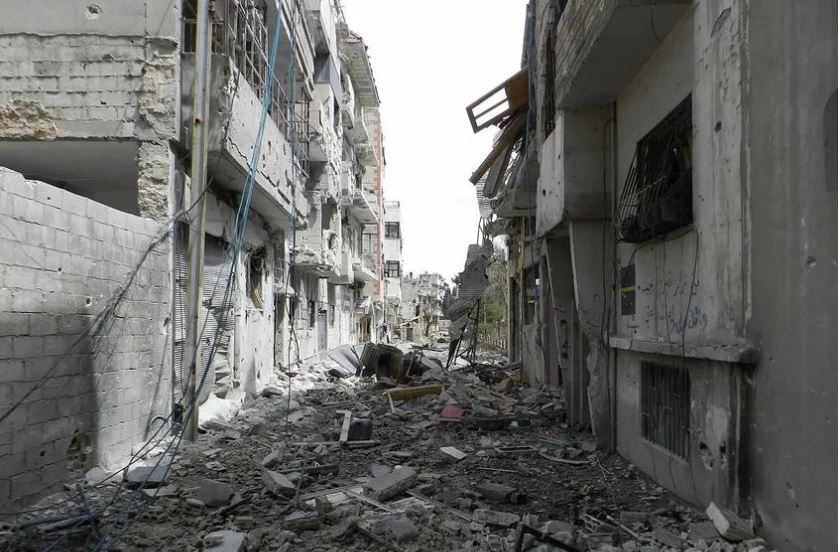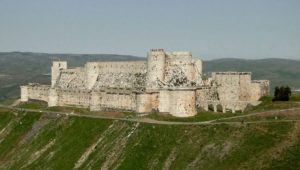As the conflict in Syria enters its seventh year, the toll it has taken on my home town of Homs continues to grow.
Much of the city’s built environment has been damaged or destroyed: as of 2014, 50% of Homs’s neighbourhoods had been heavily damaged, and 22% had been partially damaged.
This has affected every aspect of daily life for the Homsians who remain. The pre-war population was about 800,000.
Homs is in western Syria, on the Orontes River. As such, it’s the central link between the interior cities and the Mediterranean coast. There are a number of historic mosques and churches in the city, and it is close to the Krak des Chevaliers castle, a UNESCO world heritage site.
Before the current Syrian civil war, Homs was a major industrial center. It’s the third largest city in Syria, after Aleppo to the north, and the capital Damascus to the south. Its population reflects Syria’s general religious diversity, composed of Sunni, Alawite, and Christian.
I believe Homs can regenerate itself. But there are some important lessons to consider when reweaving its damaged urban fabric.
- Lesson 1: Engage the community. All members of Homs’ society should be involved in the rebuilding process. Regeneration programs should include a deep and detailed understanding of local priorities and careful consideration for the people affected;
- Lesson 2: Respect local traditions. In many post-war reconstructions, the urban memory of cities has been replaced with new, forgetful landscapes;
- Lesson 3: Remember the war. Though it is difficult, a post-war Homs should not try to revive the pre-war era.
Feature photo shows the Bab Dreeb area of Homs in 2012 (Credit: Bo yaser/Creative Commons)
See full article in Global Construction Review by Ammar Azzouz of Arup.


